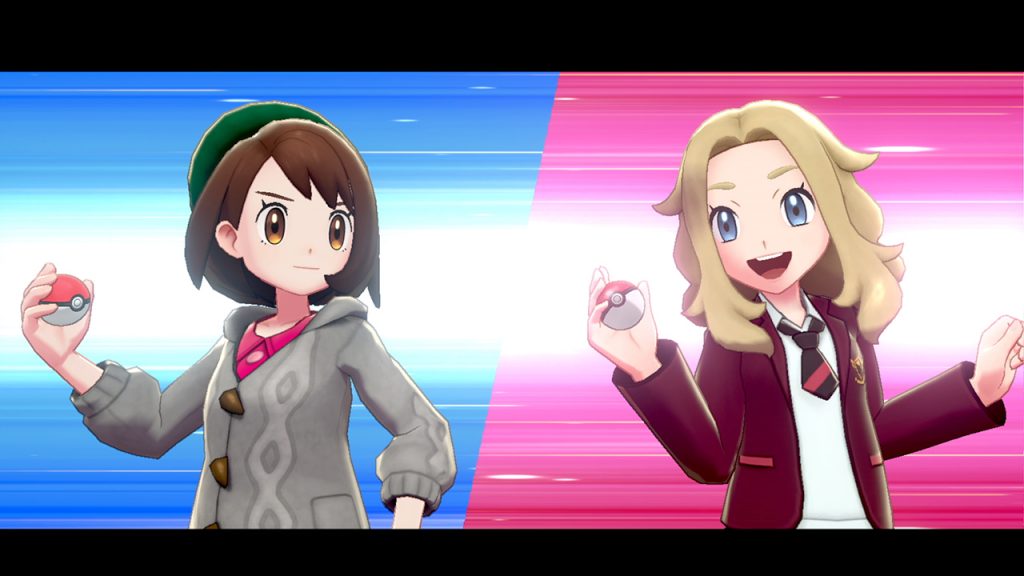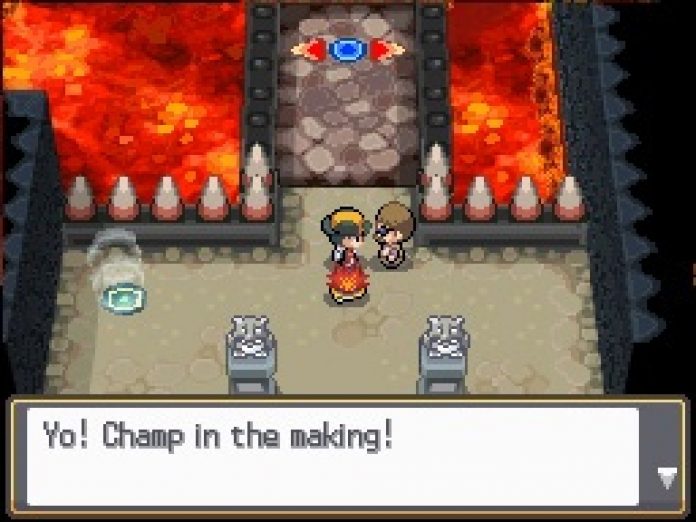Any long-time Pokémon fan will have fond memories (or perhaps lingering nightmares) of beating Gym Leader Whitney and her durable Miltank in Pokémon Gold and Silver. This was a paradigm of a typical gym battle in the earlier Pokémon games, requiring players to use super effective moves and clever strategies to win. But, with every new entry in the longstanding franchise, this element of challenge has dwindled, deviating from the traditional formula which worked so well. While Game Freak have clearly been trying to cater to newer players, it begs the question: has Pokémon been watered-down?
It would be easy to blame the changes on the 3D era of Pokémon, but the decline in difficulty was first visible in Pokémon Black and White. The most notable problem with these games was the gym battles being too easy. The levels of opposing Pokémon increased in small increments of three or four for each gym beaten, unlike in Diamond and Pearl, for instance, where a Gym Leader’s ace could be seven to eight levels higher than the previous Leader’s. Just as ruinous was the absence of strategy in each battle, with Elesa’s pesky pivoting the only memorable cunning ploy. This has become a trend that has stuck with the games, all the way up to the current generation. The gym battles in Sword and Shield were unstimulating and featured flashy puzzles to hide their flaws. Players simply don’t need to formulate elaborate plans in these games because the Pokémon they are fighting are punch bags. And despite Sun and Moon’s Kahunas attempting to shake up the formula, they too suffer from all the same problems. That it isn’t the gym challenge which is the problem – but the lack of challenge.
The Fear Of The Elite Four
The Elite Four used to strike fear into the hearts of trainers. They were fierce adversaries that were built up at the start of each entry as the pinnacle of the game’s challenge and the ultimate test of mettle. But, they have got weaker from generation five onwards. Firstly, they have had their total Pokémon team numbers reduced from five to four, breaking a tradition as old as Red and Blue. Exacerbating this, in the case of Black and White, was the Elite Four having under-leveled Pokémon. One has to rematch them in the post-game to glean any sort of challenge from these battles. Even in X and Y, in which the Elite Four were suitably levelled, they were crippled by only having four Pokémon, and commanding types such as fire (Malva) and steel (Wikstrom) which have several poor matchups.
This contrasts the Elite Four members of old who used rarer, hard to counter types, such as Agatha’s ghosts or Sidney’s dark types. A lack of challenge in this final test before battling the Champion is one of the main problems with newer Pokémon games. Again, Game Freak tried to overcome this by straying from the traditional pathway to Champion status. In Sword and Shield, Elite Four battles were replaced by a series of challenges from the games’ Gym Leaders, working on the principle of the player already knowing their weaknesses from their first battle with them.
Champions in the newer games aren’t deserving of their title. The likes of Steven and Cynthia had composite teams which took preparation, tailored move sets and a pinch of luck to overcome. The same can’t be said for Sword and Shield’s Leon, who was underwhelming by comparison. He was too light-hearted to take seriously and the sheer availability of exp points from experience candies and an automatic exp share, the latter being an unavoidable feature, meant the player’s Pokémon steeply outmatched his. It wouldn’t be an exaggeration to say that Sun and Moon’s interim Champion Professor Kukui offered more of a challenge.
Holding The Player’s Hand
Pokémon Red and Blue didn’t have much of a tutorial and left you to figure out the game’s mechanics, with titles after this only offering players an inobtrusive catching tutorial. In the last few additions to the franchise, players have been forced to endure mind-numbing tutorials. Although it was understandable for Game Freak to provide guidance for newcomers, they went about this by holding the player’s hand. Pokémon veterans are forced to read a litany of tips they are already acquainted with. This approach made Sword and Shield’s early game irksome, with your rival Hop’s dialogue reading like an unskippable instruction manual until the first gym battle.

Rivals are another issue, now lacking the mean streak earlier counterparts, such as Blue and Silver, were known for. Rival battles were exhilarating due to only happening on occasion and each game only having one rival. Since the fifth generation, the games have featured at least two rivals and most of these have been inconsequential. Too friendly and using weak teams, they serve only to inflate the levels of the player’s party. Including more than one rival is pointless and means the edgier rivals, such as N and Gladion, don’t get a chance to shine. It’s unclear whether this is down to Game Freak trying to be more child-friendly or not understanding that more is sometimes less. The evil team of each game progressively becoming more nonsensical suggests that the former is to blame; Sword and Shield’s Team Yell pale in comparison to Team Rocket, who would cut off Slowpoke tails, and the power-hungry Team Galactic, who attempt to reset the Pokémon universe according to their own selfish designs.
Sinnoh Remakes Have A Brilliant, Shining Future
Releasing on 19 November 2021, the upcoming generation four remakes Pokémon Brilliant Diamond and Shining Pearl, should bring hope to older players. This is the first time that a mainline Pokémon game isn’t being developed by Game Freak, with the project being outsourced to Japanese studio ILCA who worked on Pokémon Home. A different development team could lead to some of the series’ problems being addressed, with it being rumoured that these remakes will feature the same level scaling as Diamond and Pearl, which are one of the franchise’s most challenging instalments. Although Let’s Go Pikachu and Eevee! suggest otherwise, it’s hard to go wrong with a Pokémon remake and these games will be brilliant as long as ILCA don’t try to fix what isn’t broken. After all, this is where, for many Game Freak went wrong.
Words by Julius Lawless-Master
